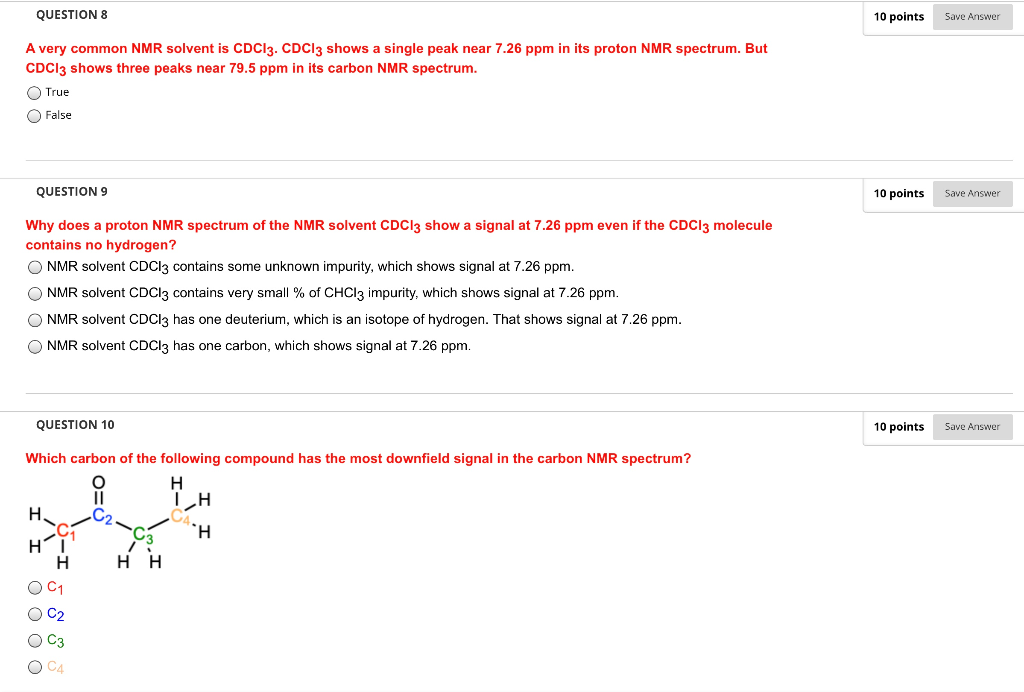

#Mestrenova solvent peaks nmr cloroform how to
Here I will describe how to use the systems set up for liquid chromatography NMR (LC-NMR). Luckily a number of methods are available to do multiple solvent peak suppression. It would be nice to do something like presaturation to get rid of both solvent peaks. Try as you might your DMSO will always be a little wet and sometimes a lot wet depending on how it has been stored. However, if the residual peak was from dimethyl sulfoxide (DMSO), located at 2.5 ppm then the an offset would be required or an extremely large sweep width could be used to compensate.Īnother problem that arises in solvent like DMSO is the second solvent peak, here it is actually H 2O in the DMSO. In the case of suppressing a residual peak from D 2O the centre would be set to approximately 4.7 ppm which is conveniently in the middle of the proton window.

This means that the centre field is set to frequency of interest, this is not an absolute requirement and offsets can be used to retain a reasonable sweep width. What is common to both of these methods is that they both on resonance.

Gradient based techniques where the magnetization due to the offending solvent is “scattered” while in the transverse or XY plane, this results in a net zero magnetization. Presaturation is the method where a low power long pulse is applied at the frequency to be obliterated. Solvent suppression comes in many forms, the most common is when a single peak (usually from the protonated fraction of your solvent) is removed from the spectrum.


 0 kommentar(er)
0 kommentar(er)
